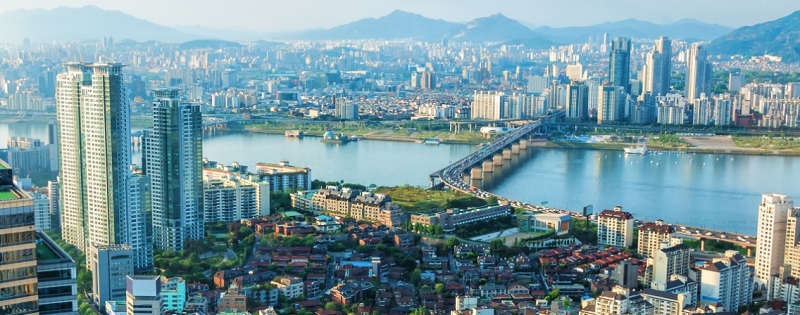
Here, palaces of bygone dynasties and carved pagodas nestle at the foot of technologically advanced skyscrapers. The noise of business districts, unbridled shopping and the contemplative tranquility of green parks are mixed here. Welcome to South Korea – a land of contrasts.
Entry rules
Russians do not need a visa to South Korea. Travelers can stay in the country for up to 90 days within six months, but no more than 60 days in a row. At least 72 hours prior to arrival, you must complete a K-ETA application in English and obtain an entry permit. It is better to consider this question in advance, since it may be rejected or the processing of the application form will take longer. A fee of 10,000 KRW (approximately 590 rubles, you will need a foreign bank card) is paid on the website.
No vaccination certificate or PCR test is required, but you must register for the Q-code system and present the QR code at the Korean airport.
Local currency is the South Korean won, 1 KRW is equal to approximately 0.06 rubles.
How to get there
There are currently no direct flights from Russia to South Korea, but you can fly with transfers in Beijing, Tashkent or Dubai. Ticket prices start from 43,000 rubles*.
Most international flights arrive at Incheon Airport (ICN). It is located on an island connected by a bridge to the mainland. Already here you understand that you have entered the world of high technology, merging with the traditions of an Asian country. Two giant multi-level terminals made of glass and concrete, smart technologies, robot guides are adjacent to a cozy green garden, a street of traditional pavilions and the Center of Korean Culture.
There are several ways to get from the main airport to the capital of South Korea, Seoul.
The most popular is the AREX airport railway. In addition to the regular train (1 hour journey), which stops at all stations on the way to Seoul Station, there is also an express train (40 minutes journey).
You can also take one of the limousine buses that go to all major areas of the capital.
Seoul is a city where you have everything
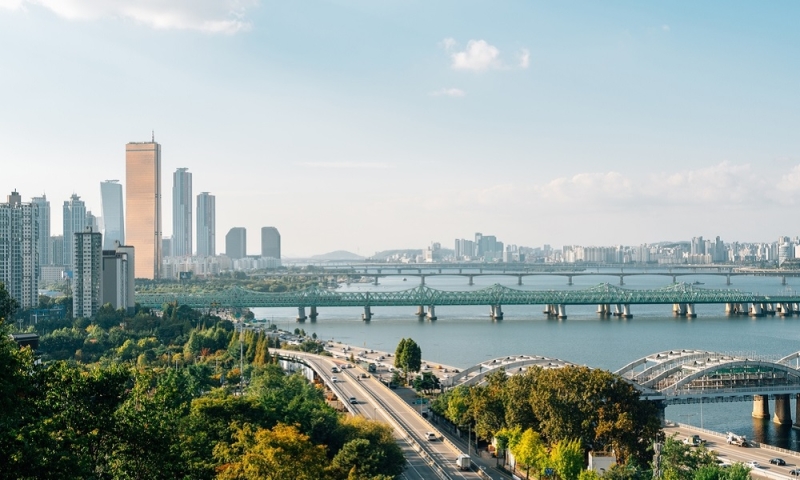
This means that accommodation options can be chosen to suit every taste and budget – from luxury hotels to ascetic hostels.
Four Seasons Hotel Seoul (rating 9.6) – five-star hotel, from 47,300 rubles* per night.
Travelodge Dongdaemun Seoul (rating 8.3) – three-star hotel, from 8,600 rubles* per night.
Seoul N Hotel Dongdaemun (rating 8.0) – hostel, from 1,000 rubles* per night.
Be prepared for local peculiarities: instead of the usual beds, some guesthouses and budget hotels may have traditional futon mattresses lying directly on the floor. They are quite comfortable, and you quickly get used to such unobtrusive authenticity of the service.
Parks and traditional villages of Seoul
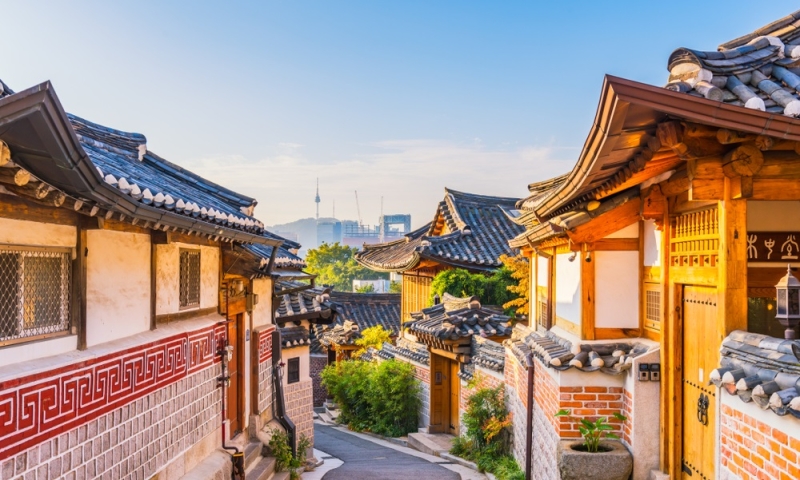
The capital of South Korea, a multimillion-dollar metropolis with a convenient state-of-the-art infrastructure and excellent roads, manages to remain very green. The hills, among which the city sprawls, are covered with parks and squares, where you can catch your breath after walking through the noisy streets.
Namsan Mountain Park in the center of Seoul is dotted with walking, jogging and cycling paths. Here you can see fountains, a marine aquarium, outdoor exercise equipment and happy athletes of absolutely all ages.
At the top of the mountain there is the N Seoul Tower with an observation deck. Being there during the day and evening is a must have for any traveler. The views of the capital are magnificent. Entrance to the tower costs 16,000 KRW (approximately 940 rubles).
You can climb the mountain by cable car, but it’s better to walk along the stairs among the trees, admiring the panorama of the city.
Namsangol Hanok Traditional Village. Here there is every chance to doubt that you are in the heart of a 21st century metropolis. The village has several authentic Korean houses with utensils and handicrafts that you can touch and turn in your hands. Apricot trees, traditional gardens, a pond with red and white carp, silence – and now you are relaxingly dozing on a bench in the shade of a spreading pine tree.
Bukchon Hanok Village. The historical quarter, where every cobblestone and tile of an ancient house breathes Korean culture and takes you back 600 years. Here you can also find a school where numerous Korean dramas were filmed.
Cheonggyecheon Stream Park.A unique place where you will understand why South Korea is called the country of an economic miracle. Over the course of 40 years, the stream, a hotbed of unsanitary conditions, around which the poorest shacks huddled, turned into an 11-kilometer park – one of the favorite vacation spots of citizens and travelers, surrounded by greenery, fountains and skyscrapers.
Palaces of Seoul – the cultural heritage of dynasties
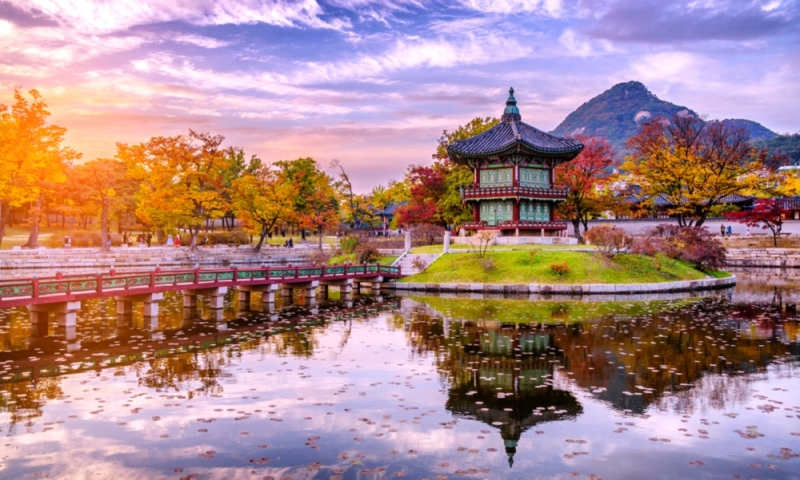
The calling card of the capital is the luxurious and majestic palaces of the royal Joseon dynasty. Most of them, alas, were destroyed, but were reconstructed in high quality and in detail. So you can easily imagine how the richest and most powerful people of the country lived in the 14th-19th centuries.
You can wander for several hours among the colorful pavilions with carved roofs of the huge complex of the main Gyeongbokgung Palace (Gyeongbokgung). Then relax in Secret Garden of Changdeokgung East Palace (Changdeokgung). Then go to the pagodas of the palace Changgyeonggung , and then go back to the palaces Gyeonghuigung and Deoksugung.
Exploring all the palaces at once is a difficult task for the legs and head, so it’s better to spend a couple of days exploring them leisurely.
Always on the move
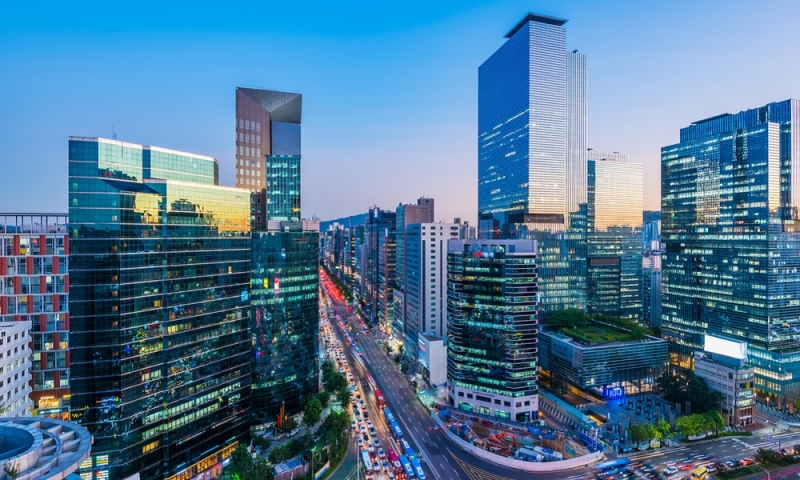
Like any metropolis, Seoul is a city of frantic rhythms that never sleeps.
Gangnam-gu– an area of famous brands, golden youth and the center of party life. Behind the windows of designer and sophisticated skyscrapers there are offices of famous corporations like Samsung, elite clubs, hotels and housing.
He became known to the whole world after the hit Gangnam Style by Korean singer PSY. In honor of the dance to this song, a monument was erected in Gangnam. True, the Koreans themselves are not very enthusiastic about it: the townspeople did not like the sculpture in the form of crossed arms, either for its appearance or for the price of 400 million won (about 23 million rubles).
Shopping in Seoul
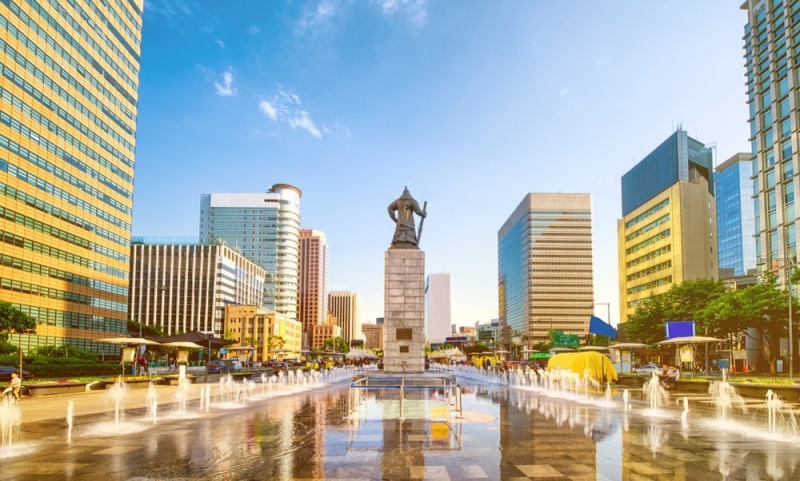
Rare tourists manage to avoid this entertainment, because there are shops for every taste and budget.
Myeong-dong Shopping Street
One of the busiest shopping areas with branded clothing boutiques, restaurants from around the world, street kiosks, financial service centers, colorful signs, braids of wires and the hubbub of crowds of people. Large shopping centers Lotte, Migliore and Avatar are also located here.
Dongdaemun District
A popular area with 24-hour shopping centers where you can’t leave empty-handed, and a street market with small pavilions, street food and simply endless rows of clothes and shoes. Here you can find and buy everything from modern technology to traditional Korean cosmetics. By the way, local care products reference quality – a great gift for friends and family.
Keep in mind that there is not much haggling in the market. You can negotiate discounts, but sellers are usually not in the mood for long and heated negotiations.
What else to see in Seoul:
- Yeouido Park;
- Ihwa Mural Village;
- Gwanhamun Square;
- Han River embankment;
- historical street Insa-dong;
- Dongdaemun Design Plaza art center.
Seoul Metro
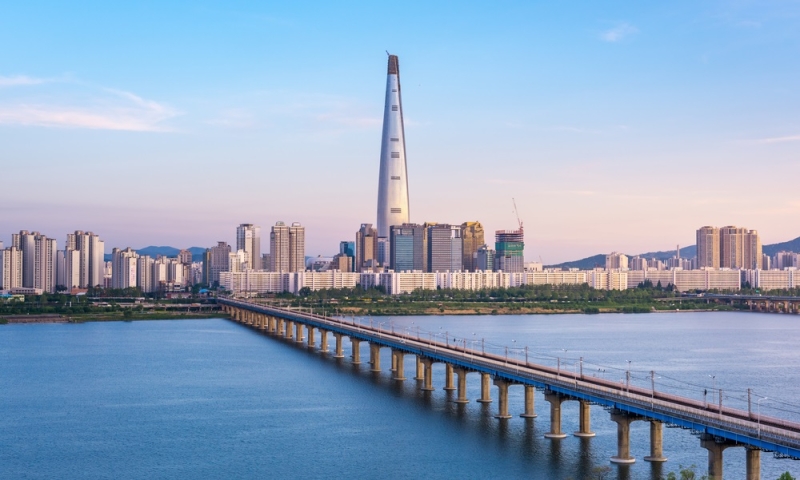
It will quickly and conveniently take you on modern trains to almost any point in the city, since the network of stations is quite dense. It may seem confusing with its passages and stairs, but if you follow the signs, you will be fine. All inscriptions are duplicated in English, but you should be careful not to go in the wrong direction by confusing the names, for example, Seongsu and Sangsu.
The price depends on the distance and time of day, the average cost is about 1,250 KRW (about 74 rubles).
Before the train arrives, music starts on the platform: you can feel like royalty as you solemnly load into the subway car.
Sizzling cuisine of South Korea
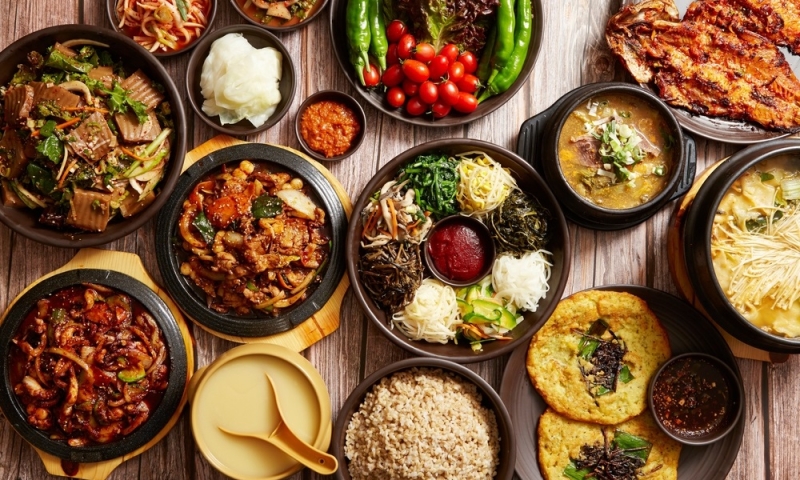
The main thing you need to know about the cuisine of this country is that it is very, very spicy. Therefore, if you do not want an internal fire, always ask the waiters for NO SPICY dishes. But tears will flow in this case too.
In local restaurants you should definitely try the appetizer kimchi (pickled vegetables), bulgoji (fiery beef), tteokbokki (rice sausages) and other unusual dishes. B There are almost no English menus in non-tourist places, so you have to guess from the pictures.
There is also a cafe serving familiar European cuisine. But in supermarkets you won’t find many of the usual products – cheese, cottage cheese, bread, cereals, and many fruits. For this you need to go to Russian stores. But ramen (Korean instant noodles) comes in an amazing variety.
From the plane to the beach: where to swim and sunbathe in South Korea
If you don’t have the opportunity to leave Seoul for a long time, you can relax for a day on the picturesque Eurwangni Beach on the shores of the Yellow Sea. It is located on an island near the airport, which you need to get to by train, and from there by bus number 2, 204, 302 or 306.
This is a spacious equipped beach, beloved by the locals: on weekends people come here with tents and grills. During low tides, the water in the sea goes very far, and at high tide it becomes cloudy and leaves sediment on the skin and clothes.
It’s worth coming here at least once. When else will you have the opportunity to find yourself in the middle of the largest airport in the world in flip-flops, a swimsuit and a beach bag full of sand?
Busan – the main one for beaches
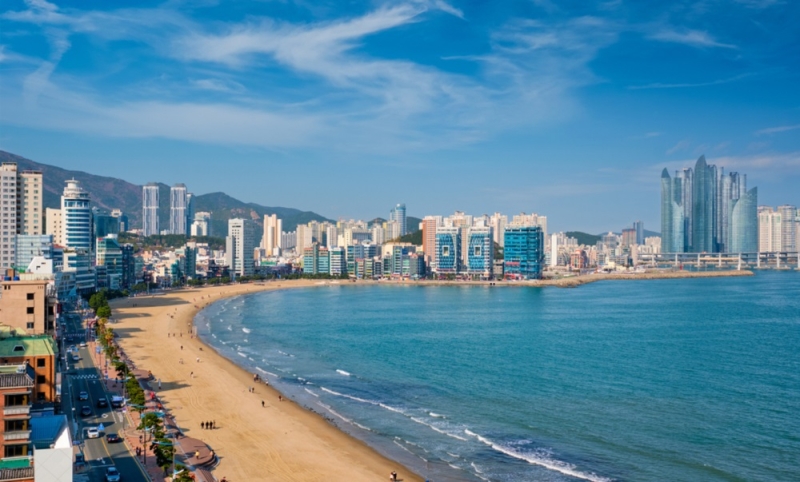
The second largest city in South Korea, a major port and mecca of beach holidays, is located on the shores of the Sea of Japan.
You can get there from Seoul by KTX trains Korail in about three hours or by plane in an hour. Flight prices start from 2,600 rubles*.
There are many housing options here, for example:
Park Hyatt Busan (rating 9.1) – five-star hotel, from 23,100 rubles* per night.
Busan Ohnpax Residence (rating 8.6) – apartments, from 11,800 rubles* per night.
Nol Guesthouse (rating 8.2) – guest house, from 860 rubles* per night.
The city’s main and most famous beach Haeundae – it’s clean soft sand, turquoise sea and constant skyscrapers around.
Despite the fact that the country is surrounded by three seas, many Koreans do not know how to swim and prefer to swing on the waves in colorful rubber circles. So even with your most modest crawl or butterfly you can easily attract admiring glances.
The buoys are located very close to the shore, and the depth there is approximately neck-deep. But it’s better not to go behind them, otherwise you will immediately attract the attention of rescuers whistling displeasedly from the shore.
Another feature is that Koreans hardly sunbathe. A cap, a T-shirt with sleeves, gloves and even a face mask are a common beach costume for vacationers. This is because white, transparent skin is considered the standard of beauty, so visitors who like to get golden brown make the locals smile. And sometimes, as if by chance, they end up captured in the background of a selfie of some curious Korean.
Other Busan beaches:
- Gwangalli;
- Songjeong;
- Dadaepo beach.
Things to do in Busan
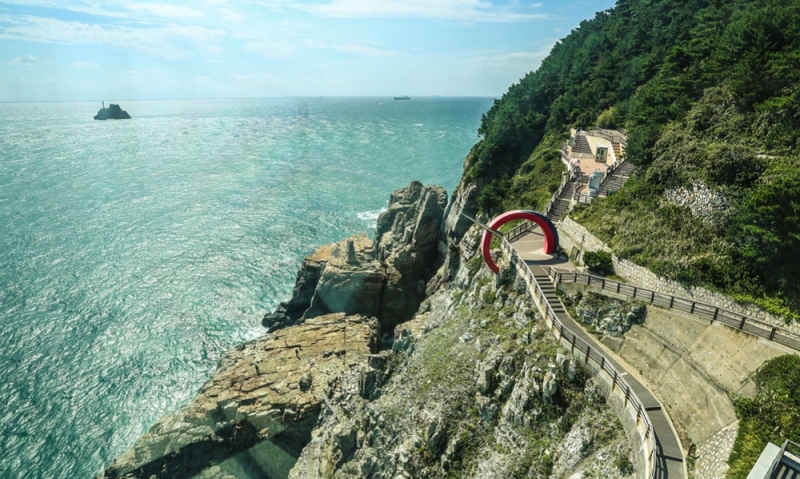
Take a walk in Taejongdae Park along the coast to the lighthouse and observation deck. Every meter is a photo zone for your best shots.
Go to the SEA LIFE Aquarium.
Visit the ancient Buddhist temple complex of Beomeosa Temple.
Get lost in a giant shopping mall Shinsegae Centum City.
What else you need to know about South Korea
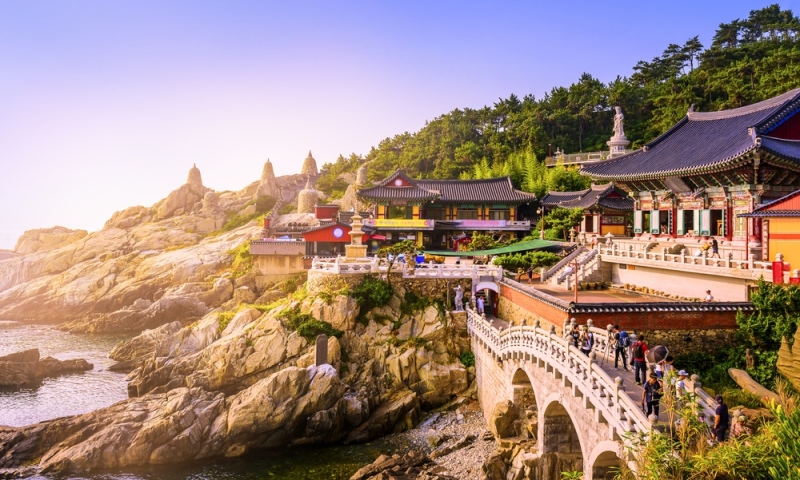
Communication and Security. South Korea is a country with one of the lowest crime rates in the world. The things left on the bench, including a bag with a wallet and an iPhone, will be found in the same place in a couple of hours.
Koreans themselves are very polite and friendly people, they look at foreigners with interest. Especially children. Don’t be surprised if they just stare at you somewhere on the subway.
If you have a problem or think about the city map for a long time, there will be helpers nearby. They will take you to the right place, even if they are not on the way.
By the way, sometimes you will have to communicate in a mixture of English and pantomime: the further you are from the tourist center and the older your interlocutor, the less often you will be able to chat casually in the language of Shakespeare.
Time of year to visit. The end of March and the beginning of April is the time of cherry blossoms, the delicate colors of whose petals will enchant anyone. Autumn is sunny, clear and comfortable. Summer is a time of heat, July showers, beach holidays and the loud sound of cicadas, which can easily be confused with a sawmill under the windows. In winter it is cold and dry, and it may snow. But no matter what time you choose, this country will take its place in your heart.
Lifehack. How to better remember your trip? Take not only photos and videos, but write notes, make sketches and sketches about events and places, even if you don’t know how to draw. The process itself is important. Then, even in five years, you will remember everything about South Korea. It’s like it was yesterday.
*Prices are current at the time of publication.

